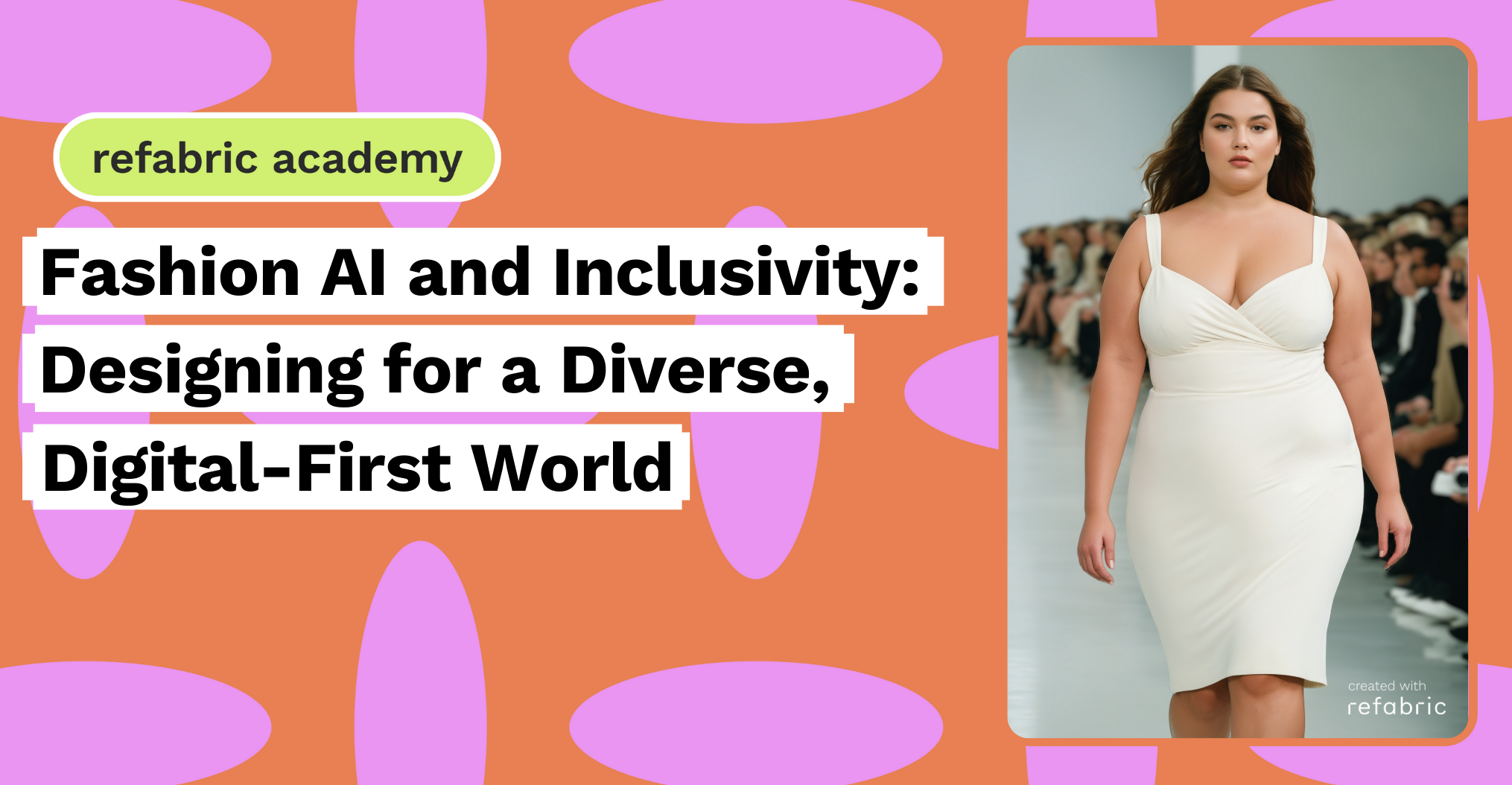In an era where diversity and inclusivity are more important than ever, the fashion industry is undergoing a significant transformation. Fashion AI, the innovative blend of artificial intelligence and design, is playing a key role in this change. By enabling designers to create more inclusive, body-positive collections, Fashion AI is helping brands embrace a wider range of identities, reshaping the fashion landscape to be more representative of our global society.
A Shift Toward Inclusivity in Fashion
Historically, the fashion industry has been criticized for its narrow standards of beauty, often sidelining people who don’t fit into the traditional mold. However, the demand for inclusivity and representation is growing. Consumers are asking for fashion that reflects their individuality, regardless of size, shape, ethnicity, gender identity, or disability.
In this new landscape, brands are tasked with designing for a diverse range of body types, cultural backgrounds, and gender expressions. It’s no longer enough to produce clothing for a single, standardized body type; inclusivity must be part of the design process from the beginning. Fashion AI is helping designers and brands make this shift efficiently and effectively.
Fashion AI’s Role in Creating Body-Positive Collections
One of the most exciting aspects of fashion AI is its ability to embrace diverse body shapes and sizes. AI-powered tools allow designers to create customizable patterns that adjust to various body types without compromising fit or style. By analyzing a vast range of body data, fashion AI can generate tailored clothing that fits perfectly and flatters individuals of all sizes.
AI in fashion design also makes it easier to move away from one-size-fits-all clothing lines. Instead, brands can offer more options for all body types. Designers can use AI to predict how garments will drape on different body shapes, ensuring that the final product is comfortable and stylish for everyone, regardless of their size or shape. This represents a massive leap in inclusivity, especially for plus-size consumers, who have long been underserved by the fashion industry.
For example, by using AI-generated virtual models, designers can test their creations on a variety of body types before manufacturing even begins. This eliminates the guesswork involved in designing for different figures and reduces the need for physical samples, which can be time-consuming and costly. Ultimately, AI streamlines the process of creating collections that are not only inclusive but also personalized.
Designing for Gender Fluidity and Beyond
Fashion AI is also driving inclusivity when it comes to gender identity and expression. The industry is beginning to recognize that traditional gender binaries no longer define fashion choices. AI tools are allowing designers to move beyond male and female categories, creating more fluid and flexible collections that appeal to all gender identities.
By analyzing gender-neutral trends and styles, AI can help designers build collections that speak to a broader audience. This shift is essential in a digital-first world where younger generations, particularly Gen Z, are increasingly challenging traditional ideas of gender and demanding more inclusive options. Fashion AI can cater to these preferences by generating designs that reflect fluidity and flexibility, making fashion more inclusive than ever before.
Empowering Diverse Voices in Fashion
Beyond body type and gender, fashion AI has the potential to amplify diverse voices in other ways. By incorporating data from a wide variety of cultural backgrounds, AI systems can help designers create clothing that is culturally sensitive and representative. AI can identify underrepresented cultural influences, offering designers new sources of inspiration and helping them avoid cultural appropriation by providing a more nuanced understanding of the communities they draw from.
This is particularly important as the fashion industry becomes more globalized. Brands that can harness AI to design inclusive collections for people of different races, ethnicities, and backgrounds will stand out in an increasingly competitive market. Fashion AI can help designers capture the essence of global fashion trends while staying true to the cultural richness that diversity brings.
The Digital-First Future of Inclusive Fashion
In the digital age, fashion AI is playing a pivotal role in reshaping how consumers interact with fashion. Virtual try-on technology, powered by AI, allows shoppers to see how garments will look on their body type without ever stepping into a physical store. This accessibility makes it easier for people to find clothing that fits and flatters their unique shape, improving their overall shopping experience.
As more consumers embrace virtual shopping experiences, AI-powered tools are becoming indispensable in creating inclusive, personalized fashion experiences. The future of fashion lies not only in beautiful designs but in making sure those designs fit everyone, regardless of size, shape, or identity.
Fashion AI is helping the industry move toward a more inclusive, body-positive future. By enabling designers to create collections that reflect a diverse range of identities, AI is transforming the way fashion is designed and experienced. Whether through generating customized patterns for all body types, designing gender-fluid collections, or incorporating cultural diversity, Fashion AI is making fashion more accessible and representative in our digital-first world. As the technology continues to evolve, it will open even more opportunities for inclusivity, ensuring that everyone can see themselves reflected in fashion.
